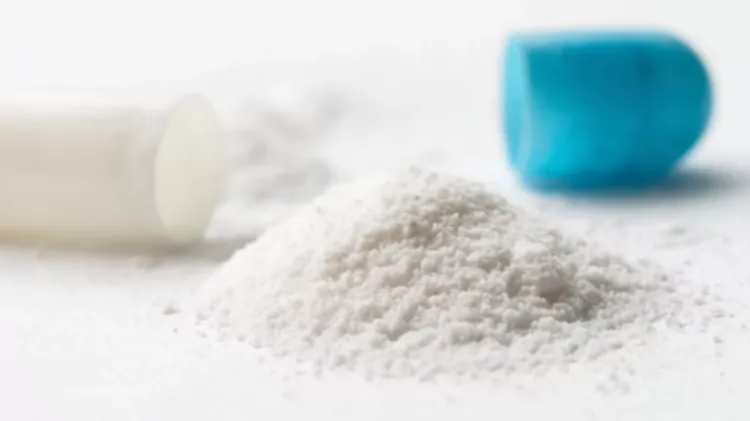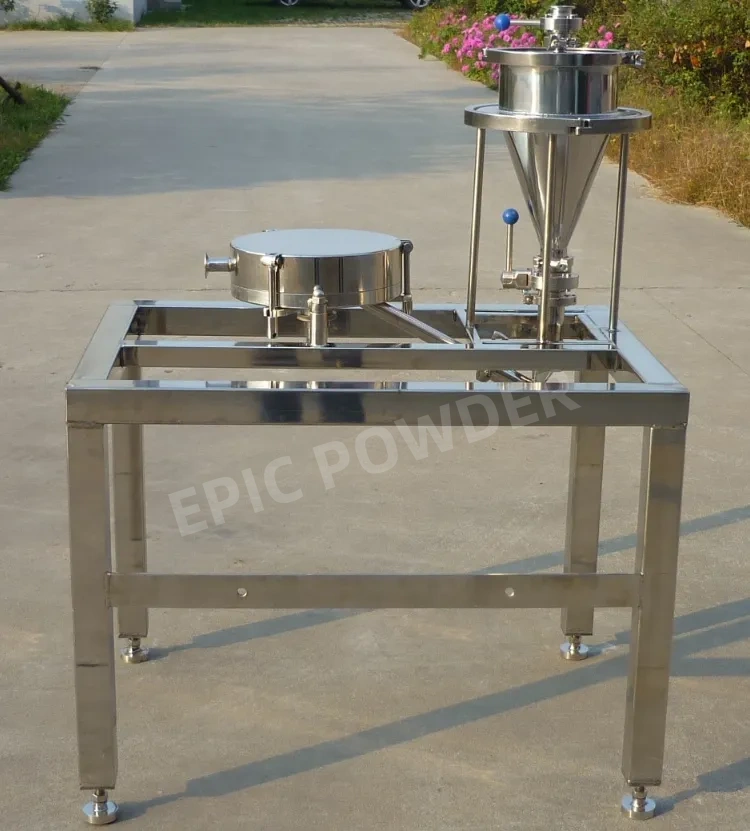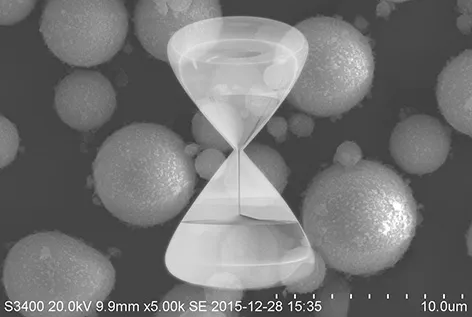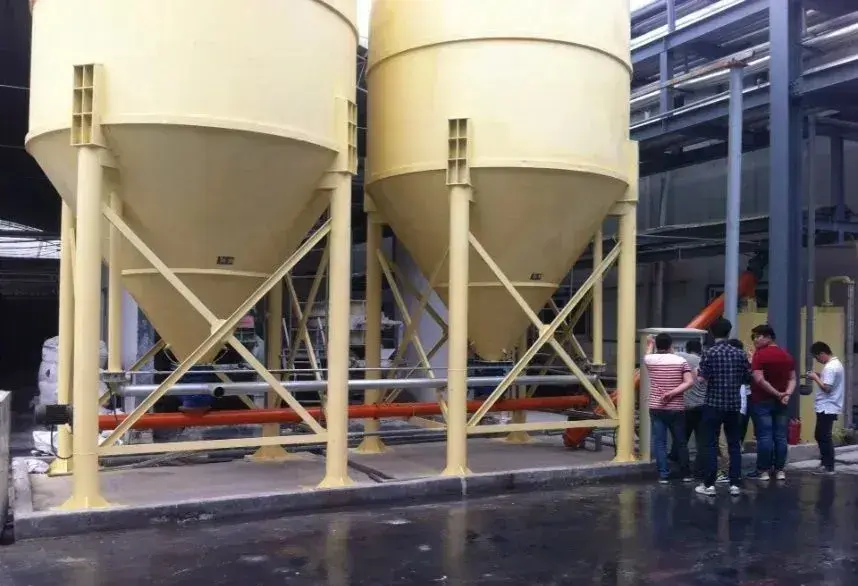The application of ultrafine powder grinding technology and equipment is becoming increasingly widespread. The rapid development of industries raises higher demands on powder particle size and properties. Powders with required physical properties often bring better product performance and added value. Ultrafine grinding technology emerged to meet the needs of modern high-tech development. It is widely applied in fields like food processing and traditional Chinese medicine.

Ultrafine grinding technology
Ultrafine grinding technology originated in the 1970s. It uses impact, collision, shearing, grinding, dispersion, classification, and surface coating to crush materials. It is a new processing technology to grind materials down to micron size. Specifically, it breaks 0.5–5 mm materials into ultrafine powders smaller than 10 μm. Mechanical or fluid dynamic methods are used to overcome internal cohesion of solids.

Types of Ultrafine Grinding Technology
At present, micronization technology includes physical crushing and chemical synthesis methods. Physical crushing methods include solid phase, liquid phase, and gas phase techniques. They mainly use equipment like ball mills, impact crushers, jet mills, and high-frequency vibration mills. High pressure or high-speed airflow energy creates strong impact, collision, and friction between particles. This method has low cost, high output, and is the main way to produce ultrafine powders. Chemical synthesis forms micron, submicron, or even nano powders through molecular or atomic assembly. However, chemical synthesis has low yield, high cost, and limited application range.
The principle of ultrafine grinding
For traditional Chinese medicine and health foods, ultrafine grinding focuses on cell-level pulverization, also called cell wall-breaking. Cell wall-breaking aims to rupture plant cells, not just reduce particle size. The goal is to maximize the cell wall-breaking rate, rather than fineness alone. After ultrafine grinding, the wall-breaking rate can reach over 90%. This concept was first studied and proposed by Japanese researchers.
Ultrafine grinding is based on micronization principles. As materials become ultrafine, their surface molecule arrangement and crystal structures change. This results in unique surface effects, size effects, quantum effects, and macroscopic quantum tunneling effects. Thus, ultrafine powders exhibit superior physical, chemical, and interfacial properties compared to larger particles.
The influence of ultrafine grinding technology on biological powder
Ultrafine grinding technology processes raw materials into ultrafine powders through impact, collision, and grinding. It changes the physical, chemical, and structural properties of the materials. This includes high-precision particle size classification and surface activity modification of the powder.
The impact of ultrafine grinding on active ingredient extraction: it increases the dissolution rate of active ingredients, nutrients, and trace elements. By comparing the dissolution rates of Astragalus fine powder and ultrafine powder, a close relationship with particle size was found. Studies on Rhodiola and Ganoderma also show similar results. Ultrafine grinding significantly improves the dissolution amount and rate of salidroside, Ganoderma polysaccharides, and triterpenes.
The impact of ultrafine grinding on powder bioavailability: it enhances digestion, absorption, and bioavailability in the body. Ultrafine grinding improves product utilization by preserving the bioactive components of powders. Studies compared ultrafine and normal Dendrobium powder for antioxidant activity and found ultrafine powder had stronger radical scavenging ability. In freeze-dried broccoli powder, DPPH radical scavenging ability increased as particle size decreased. Ultrafine grinding also significantly improved the polyphenol dissolution rate and antioxidant activity of shiitake mushrooms.
The impact of ultrafine grinding on powder processing characteristics: it improves the processing properties of raw materials, increases material utilization, and saves resources. Research on the effects of ultrafine grinding on the physicochemical properties and processing characteristics of glutinous rice shows that it significantly enhances water retention at high temperatures, transparency, and sedimentation performance, while reducing particle size.
conclusion

Currently, ultrafine grinding technology is increasingly used in the production of functional foods worldwide. It allows raw materials that were previously hard to digest, absorb, or utilize to be reprocessed, leading to the development of various functional and new foods. This increases the variety of food products and improves the utilization of natural biological resources. The preparation of ultrafine drug particles also significantly impacts pharmaceutical formulation theory. It enhances drug absorption, alters the body’s drug processes, and can serve as a delivery carrier for DNA, anticancer drugs, peptides, and protein-based medicines.
epic powder
Epic Powder, 20+ years of work experience in the ultrafine powder industry. Actively promote the future development of ultra-fine powder, focusing on crushing,grinding,classifying and modification process of ultra-fine powder. Contact us for a free consultation and customized solutions! Our expert team is dedicated to providing high-quality products and services to maximize the value of your powder processing. Epic Powder—Your Trusted Powder Processing Expert !

